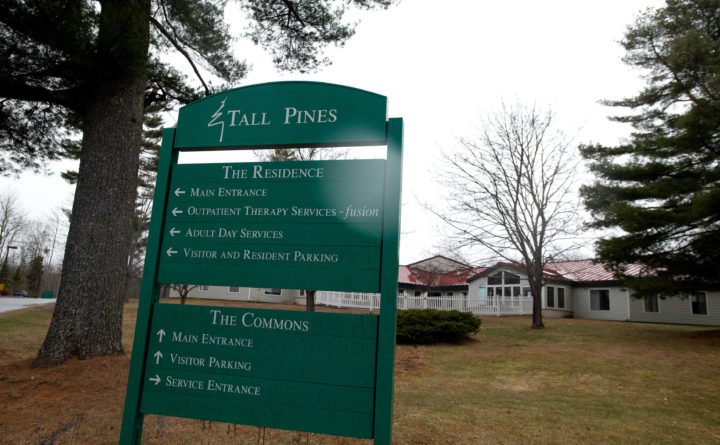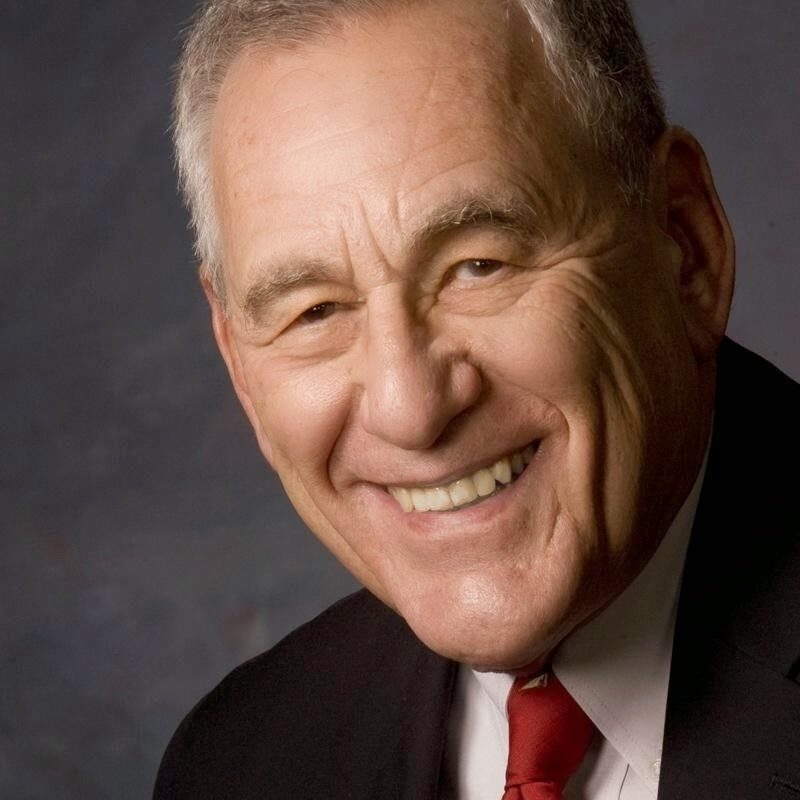When gentleman bank robber Willie Sutton was asked why he robbed banks, it was claimed, though falsely, that he answered, “Because that’s where the money is.”
If you could ask COVID-19 why it goes after so many people in senior residential centers, it would have to answer, “Because that’s where the old people are.”
For whatever reason, Sutton liked robbing banks. If COVID-19 could set its own priorities, it would admit that it attacks seniors because they are the most vulnerable, making it easier to do its deadly job.
As people age, their immune systems — the body’s mechanisms for fighting off illnesses — grow weaker. It’s natural. As they age, it’s also likely that people have suffered from illnesses that weakened their defenses, even if they seem to be in good health.
That’s why the dosage of the annual flu vaccine is stronger for older people. It helps them fight off the virus despite the loss of some immunity.
Many seniors live in retirement communities. Some cannot live on their own because their health requires them to have access to care, sometimes from professionals.
At one end of the spectrum of care are skilled nursing facilities and hospices. Because government health insurance may pay most of their cost, federal and state agencies impose standards of staffing and conditions.
But other communities may involve only the shared use of facilities, ranging from dining to amusements to exercise. These senior residence arrangements are lightly regulated, left to the market to determine costs and conditions.
Senior communities are growing as the number of seniors grows. In 2000, people over 65 were 12.4 percent of the American population. By 2030, they are expected to be 20.6 percent. In other words, one person out of every five in this country will be a senior.
It’s also possible that more seniors will be retired. While the recent trend has been for people to work until an older age, they may find it increasingly difficult to find jobs as the economy slowly recovers.
Seniors have been advised, where possible, to maximize income by delaying the start of receiving Social Security. But in the past few weeks, advice has begun to appear suggesting taking the federal payments earlier to be assured of some income when jobs are slow to return.
Also, more seniors may turn to residential housing facilities because they are less costly than maintaining their own home.
While it is known that seniors are far more likely to die from COVID-19 than the general population, insufficient data is available on the effect of the virus. Maine reveals only that more than half the cases are over age 50. That both confirms what we already know about reduced immunity and hides relevant information about how serious the problem may be.
Across the country, state agencies are reporting that at some congregate care locations, COVID-19 spread rapidly and, in some places, caused a spike in deaths. Evidence mounts that regulation has been inadequate in toughness, inspections or both.
Some advocates of ending protective action appear to believe seniors are expendable. They accept the possibility of increased deaths as the price of opening the economy.
Short of such indifference to seniors, the solution might turn out to be a segregated society. Young people will go back to work, confident that even if they contract COVID-19, they will survive. If older people need protection, they might find themselves unable to return to a normal lifestyle.
Opening the country may mean closing it for seniors. Unless science produces a vaccine or medication that protects them, they may shelter in place for the long haul.
Protecting public health will have to mean standards about conditions, staffing and emergency equipment that are applied not only to care facilities now subject to regulation, but any congregate facilities for seniors.
Seniors should have a reasonable expectation that residential communities are taking steps to protect them from threats that their immune systems can no longer fight.
While they do not all serve as healthcare facilities, they all offer special living arrangements for seniors. Just as they must meet higher fire protection standards, they should be required to meet certain health protection standards.
That also means more and better inspection of facilities now subject to regulation and others to be added. Stronger sanctions are needed. If a senior residence falls below standards, the government should have the tools to force it into compliance.
For Maine, this is both a special responsibility and an opportunity. With the nation’s oldest average population, the state needs to sharpen its focus on the well-being of the elderly. The first step would be greater transparency about COVID-19’s impact. Hiding behind patient confidentiality is unconvincing.
Beyond doing a better job of focusing on seniors, Maine could build on its special role as a welcoming home for retirees. Even now, it’s an obvious magnet for seniors. By strengthening its policies, it could boost its retirement role as an element of its economic growth.



